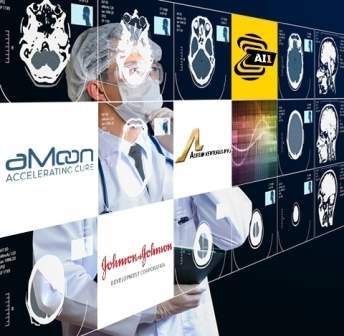
The coronary calcium algorithm holds capacity to automatically calculate patient’s Agatston equivalent coronary calcium score from ECG gated CT scan.
The data provided by the algorithm will help physicians to assess the risk of coronary artery disease.
Israel’s Clalit Research Institute director and professor Ran Balicer said: “Zebra’s algorithm could run on CT studies of the chest and potentially help identify people with cardiovascular risk sooner, allowing more effective treatment and overall reduction of adverse outcomes and healthcare costs for HMOs such as Clalit.”
As per the estimates, nearly one-half of men and one-third of women over 40 years old will develop some symptoms of CAD in the US.
Multiple studies have demonstrated that early detection and treatment of CAD can decrease the incidence of heart attacks in at-risk populations.
In addition, the studies showed that coronary artery calcium score is helpful in the risk stratification of patients.
Zebra Medical Vision co-founder and CEO Elad Benjamin said: “This clearance will allow us to begin expanding our footprint in the US.
“Following seven algorithms that have CE mark, it is the first of many to come, as we continue building our automated analytics engine.”
Through using deep learning, Zebra Medical Vision will develop next generation products and services for the healthcare industry.
The firm’s Imaging Analytics platform provides healthcare institutions with tools to potentially identify patients at risk of disease.
Zebra’s Radiology Assistant secures imaging scans from various modalities and automatically analyzes them for different clinical findings.
These findings will be delivered in real time to radiologists or other physicians and hospital systems.
The firm uses a database of millions of imaging scans, along with machine and deep learning tools, to develop software that analyzes data in real time with human level accuracy.
Established in 2014, the company is funded by aMoon, Aurum, Intermountain Investment Fund, Johnson & Johnson Innovation JJDC, OurCrowd, Qure and Dolby Ventures.






